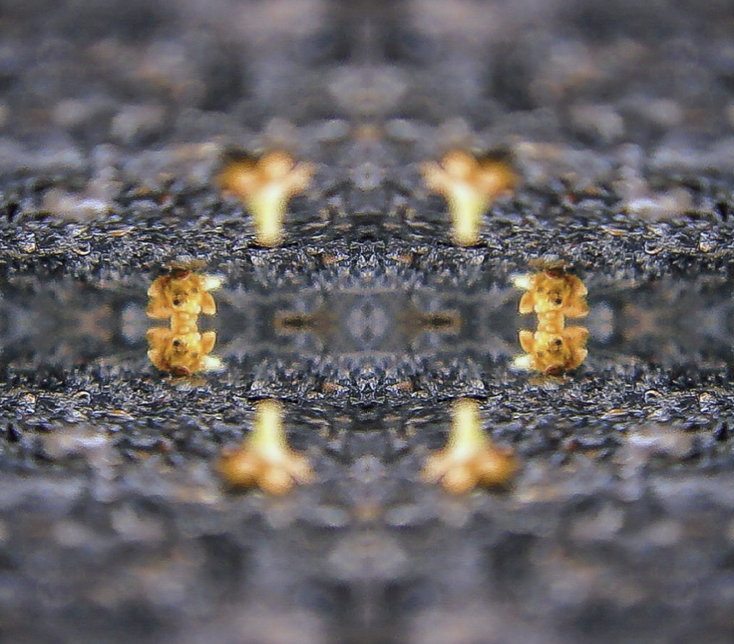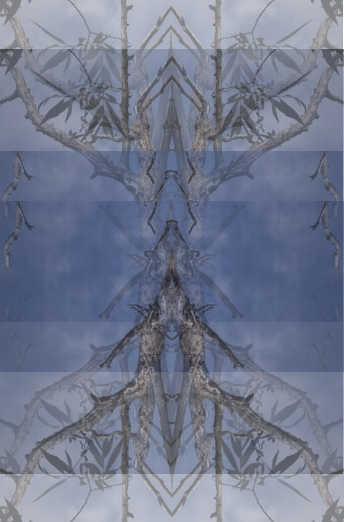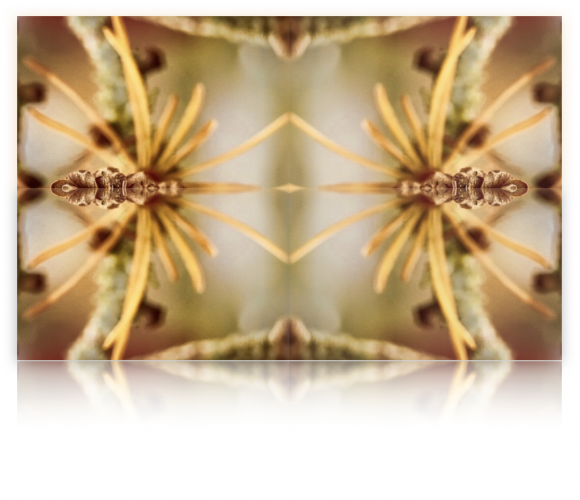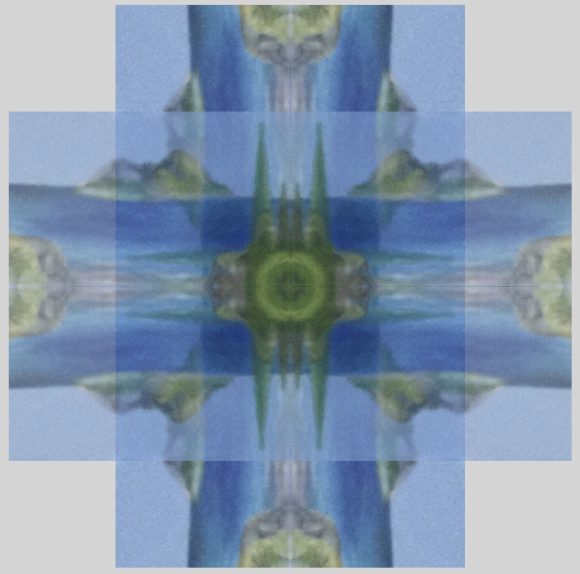I have explored, in some depth now, a particular idea: that “there is a hidden meaning behind chaotic life”. It is an archetypal idea: many people seem to have it; some come up with it spontaneously, some hear it expressed by someone else and immediately feel a familiarity with it. Some merely have a vague impression that, somehow, there “is a meaning to what just happened”, whereas others have elaborate opinions and refined vocabularies to express the idea in many words.
The way I have explored it, in my previous postings, was through Jung’s essay on spirit, which deals explicitly with this particular idea. The full title of that essay is “Die Phänomenologie des Geistes im Märchen” (“The phenomenology of spirit in fairy-tales”; GW IX/I, §§384-455), and one of its main claims is precisely that this idea, that “there is a hidden meaning behind chaotic life”, is archetypal and can appear personified in fairy-tales. Specifically, it can be personified by a wise old man or a helpful animal. Jung’s well-known thesis is that such figures in old stories, just as similar personifications in dreams and myths, represent archetypal ideas (at least those which recur and resonate with us); the particular idea of a “hidden meaning behind chaotic life” is also labelled the archetype of Spirit (Geist) — hence the appearance of that term in the title of the essay.
But there is a connection with synchronicities which Jung, it seems, didn’t make. (At least not explicitly, and not in the relevant essays, i.e. those on spirit and synchronicity.) If there is, on the one hand, an archetypal idea of “hidden meaning in chaotic life” (spirit), and on the other, a remarkable phenomenon of “meaningful coincidences” (synchronicities), they share at least a common notion (“meaning”, Sinn) at the core of their definitions.

1. Jung himself allows a broad spectrum of types into which he sorts the “products of the unconscious”:
For decades I have observed and investigated the products of the unconscious in a broad sense, namely dreams, phantasies, visions and delusional ideas, and I had to recognize certain regularities, i.e. types. There are types of situations and of figures, which repeatedly re-occur with analogous meanings. Among the latter are human forms, […] the Shadow, the Old Man, the Child (including the hero boy), the Mother […] and her counterpart, the Young Girl […].
Da ich seit Jahrzehnten die Produkte des Unbewußten im weitesten Sinne, nämlich die Träume, Phantasien, Visionen und Wahnideen beobachte und untersuche, komme ich nicht umhin, gewisse Regelmäßigkeiten, das heißt Typen, zu erkennen. Es gibt Typen von Situationen und solche von Figuren, die sich öfter und sinnentsprechend wiederholen. […] Unter den letzteren gibt es menschliche Gestalten, […] der Schatten, der Alte, das Kind (inklusive der Heldenjunge), die Mutter […] und ihr entsprechendes Gegenteil, das Mädchen […]
GW IX/I, §309.
Thus archetypal ideas may not only show up as persons (let alone as humans). And in fact, Jung developed a well-known theory of a particular archetype of “wholeness”, which he called the Self, and saw represented in a range of symbols including geometric ones, most famously the mandalas.
Note, however, that he speaks of types of situations here, and surely the Self is not a situation type. We should look further than geometrical symbolism, and expect typical situations among the archetypal ideas just as we find personifications and geometrical symbolism there. (I have already explored patterns of life situations, and a particular instance of those, in previous posts.)
2. I have already suggested that synchronicities represent another such situation type. If the idea of a “meaningful coincidence” is an archetypal idea, we could expect many people to have it, just similar to the idea of a “hidden meaning behind chaotic life”. Some people would come up spontaneously with it as an interpretation of some experience they had, some would hear others to express it and feel a certain familiarity with it. Moreover, seeing synchronicities as an archetypal idea would prevent us from a misinterpretation that is particularly suggestive in this case: namely, that synchronicities are somehow a repeatable and intersubjectively observable feature of the external world. They’re not (if they were, there would have to be some kind of “magic” connection between physical events); rather, they are projections of an archetypal idea, and thus at least in some deeper sense psychological (even though they are not “psychological” in a more narrow sense of mere personal impression, since the idea is archetypal and therefore collective).
But we are now in a position to add an important ingredient to this theory of synchronicities. For if the archetypal ideas of spirit (“hidden meaning behind chaotic life”) and synchronicity (“meaningful coincidence” situation) share a common notion of meaningfulness (which is yet to be determined), they may be connected or even, in some sense, be two sides of the same archetype.




[…] we have already seen that in Jung’s view, archetypes don’t necessarily have to show up only as persons: there are archetypes of situation, and even abstract ones such as an “archetype of order” […]
[…] the subject perceives a coincidence in the external world; attached to this experience is an impression of meaningfulness, even a “numinous” feeling. To undergo an experience like that is not deliberate: the subject […]
[…] Spirit, according to Jung, is the archetype of a hidden meaning in the chaos of life. When it appears personified, it can will typically be the Wise Old Man (but it might be a helpful animal, a child, and so on); when it gets projected (and is not personified), it shows up as synchronistic effects in the external world. […]